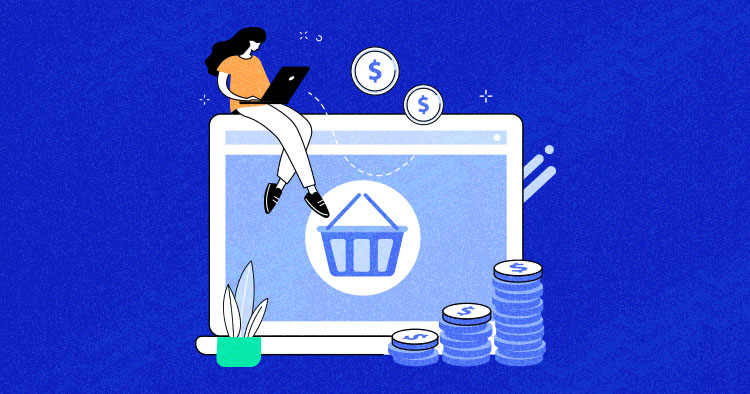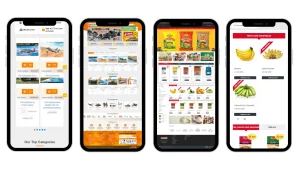
In today’s competitive online marketplace, increasing ecommerce store conversion rates is crucial for businesses aiming to achieve success. When your website visitors convert into customers, it leads to higher sales and revenue. To help you maximize your ecommerce store’s conversion rate by an impressive 50%, we’ve compiled a list of ten effective methods to implement.
1. Optimize Your Website’s Loading Speed
Slow-loading websites can frustrate visitors and drive them away. Ensure that your ecommerce store loads quickly by optimizing images, minimizing code, and utilizing caching techniques. A fast and responsive website enhances the user experience, reduces bounce rates, and increases the chances of conversion.
2. Implement a User-Friendly Design
Create a visually appealing and user-friendly website design that makes navigation intuitive for your visitors. Use clear and concise headings, logical categories, and easily accessible search functionalities. A well-designed interface builds trust and encourages visitors to explore further, resulting in improved conversion rates.
3. Focus on Mobile Optimization

With the growing number of mobile users, optimizing your ecommerce store for mobile devices is essential. Ensure your website is fully responsive and adapts seamlessly to different screen sizes. Mobile-friendly designs enhance user experience, reduce friction, and increase the likelihood of conversions.
4. Streamline the Checkout Process
A complicated and lengthy checkout process can deter potential customers. Simplify the process by reducing the number of steps, offering guest checkout options, and providing multiple payment gateways. Streamlining the checkout process minimizes friction and encourages customers to complete their purchase.
5. Enhance Product Descriptions
Compelling and persuasive product descriptions are vital to entice customers to make a purchase. Craft unique and engaging descriptions that highlight the benefits and features of your products. Use relevant keywords naturally to improve your search engine rankings and attract targeted traffic.
6. Leverage Social Proof

Integrate social proof elements into your ecommerce store to build trust and credibility. Display customer reviews, testimonials, and ratings prominently. Social proof influences purchasing decisions and encourages potential customers to convert.
7. Offer Live Chat Support

Real-time assistance through live chat can significantly impact conversion rates. Implement a live chat feature to address customer queries promptly and provide personalized recommendations. Offering exceptional customer support enhances customer satisfaction and boosts conversions.
8. Utilize Upselling and Cross-Selling Techniques
Increase the average order value by employing upselling and cross-selling techniques. Recommend complementary products or upgrades to customers during the buying process. Strategic product suggestions can tempt customers to add more items to their cart and increase overall conversion rates.
9. Implement Abandoned Cart Recovery Strategies
Recovering abandoned carts can be a game-changer for your ecommerce store. Send targeted emails to remind customers about their abandoned items, offer incentives, and simplify the checkout process. Implementing effective abandoned cart recovery strategies can significantly boost conversion rates.
10. Optimize for Search Engines

Invest in search engine optimization (SEO) to improve your ecommerce store’s visibility in search engine results. Conduct keyword research, optimize meta tags, product descriptions, and URLs. A well-optimized website ranks higher, drives organic traffic, and increases the chances of conversion.
Incorporating these ten proper methods into your ecommerce store’s strategy can lead to a remarkable 50% increase in conversion rates. Remember to continually analyze and optimize your efforts based on customer behavior and feedback. By prioritizing user experience, optimizing your website, and utilizing persuasive techniques, you’ll create an environment that encourages visitors to become loyal customers.

fsdfsdf